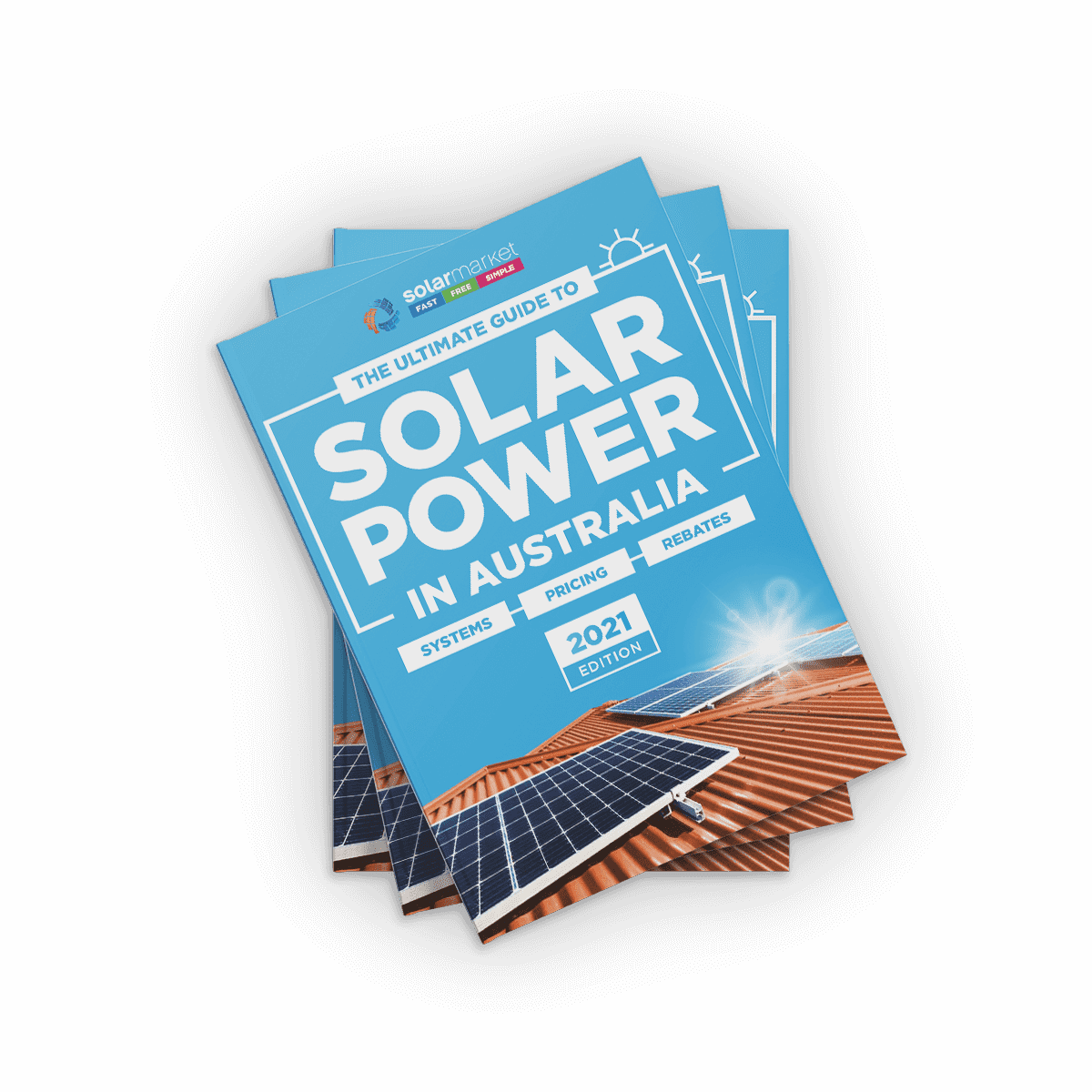
If you’ve been investigating solar battery storage you would have heard of the Tesla Home Powerwall, one of the first solar PV battery storage solutions to hit the market back in 2015. Tesla describes the Powerwall as a “rechargeable lithium ion battery with liquid thermal controlâ€Â. For those who aren’t solar or battery installers you may have no clue what this means or what it can do when partnered with your solar panel system.
Overview of the Tesla Home Powerwall
In simple terms the Tesla Powerwall like other solar battery storage devices can be an additional component to a solar PV system. It acts as a storage unit for excess energy generated by a household’s solar panels. This excess energy is stored for use when solar panels are not generating enough energy, instead of relying of the electricity grid.
Tesla launched its original Powerwall back in 2015 with 6.4kW storage capacity and later released the Powerwall 2.0 in October 2016, offering more than double the storage capacity of the original at 13.5kW.
Unlike other solar battery units, the Tesla Powerwall can detect a power outage and disconnect from the grid, so it can restore electricity to a home instantly. It has a compact, sleek and simple design making it desirable for those who are looking for a discreet storage unit.
Amongst retailers prices can vary, however for the Tesla Powerwall 2 and it’s 10-year warranty you’ll be looking anywhere up from $11,700 not including the cost of installation or solar PV system.
For those located in South Australia, the Tesla Powerwall 2 is one of the few home battery systems approved under the South Australian Home Battery Scheme meaning you can claim a reduction up to $6,000 off the retail price when purchasing from an approved provider.
Find out more on the South Australian Home Battery Scheme here.
Tesla Powerwall 3
No official release date has been confirmed for the Tesla Powerwall 3 however there is already a large following in wait for the roll out. The Tesla Powerwall 3 is expected to have the storage capacity of 20 + kWh with a efficiency of over 90%.









